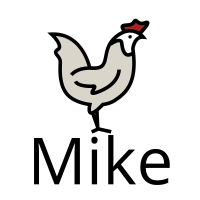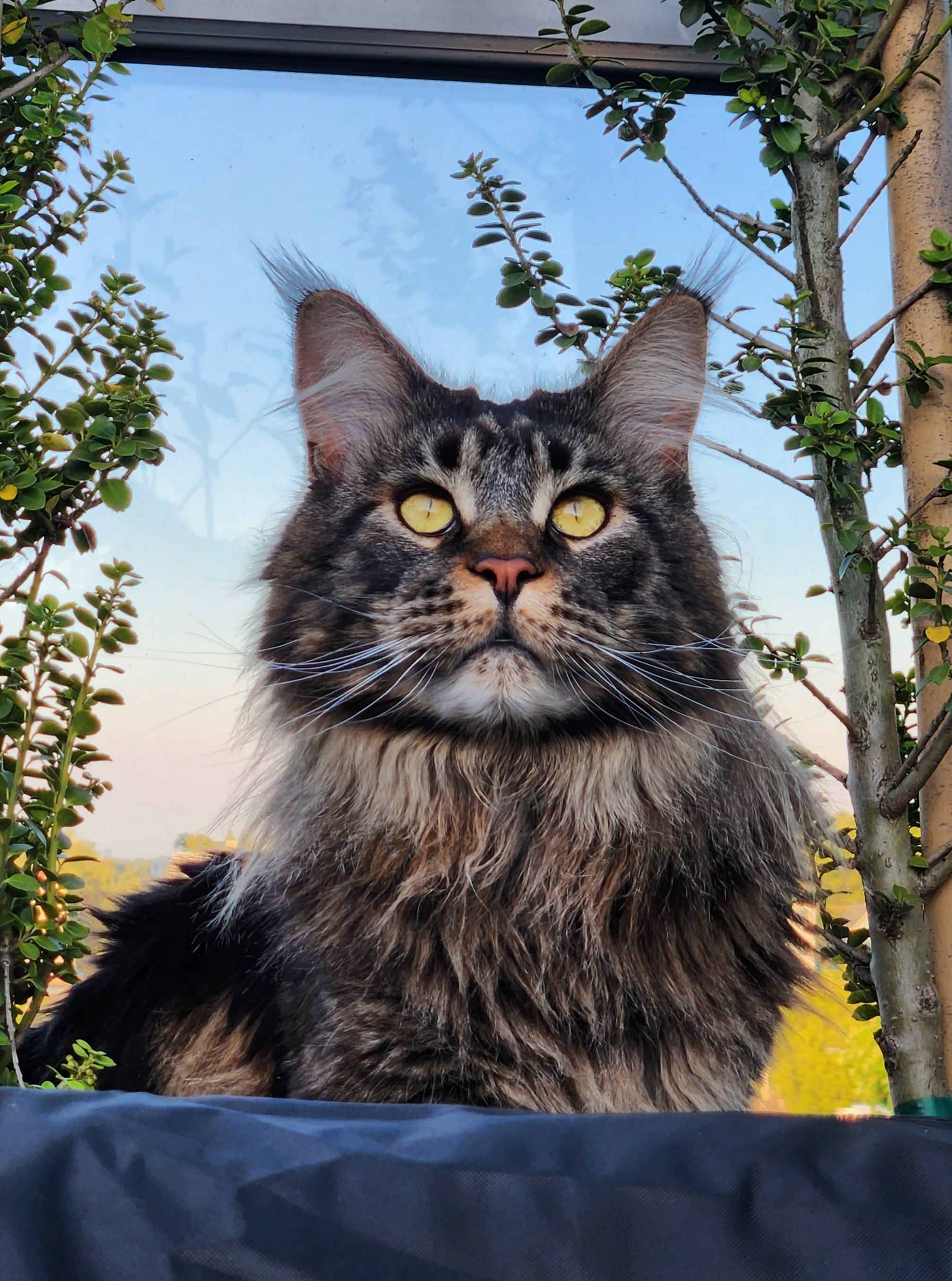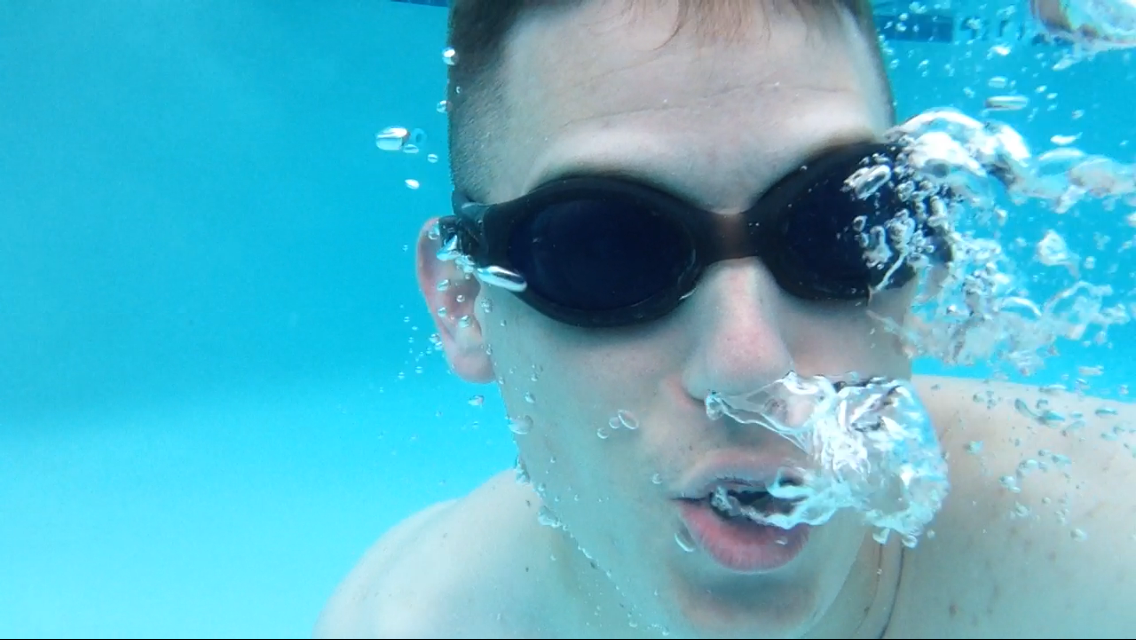I wanna try an experiment but I’d also like others experience here.
I’ve noticed certain cats eat tok fast and also go back to extra food. I feel like if the overeaters/gulpers were let to eat last and then all food leftovers were removed afterwards we might have less instances of vomiting afterwards.
What say you, cat-owning Lemmings?
Get an automatic feeder.
We have an overeater, and a self-limiter. When the overeater developed markers of being pre-diabetic, we finally hardened our hearts and put him on a strict diet. For us, this was extremely hard, as he begged 24/7. He would yowl at all hours of the day, and it woke us up at night. After a month of this with no sign of him changing his behavior, I bought an automatic feeder from Amazon for ~$30.
The main change was that our’s quickly stopped seeing us as the main source of food, and this eliminated most of - and all of - the nighttime begging. It took a week or so, but it was pretty fast.
Second, most have multiple feeding times. This helps in two ways: first, it allows more, smaller portions, which eliminates the binge/purge issue. Second, it allowed us to have feeding times throughout the night, which helped with stopping the nighttime begging.
Third, it’s really easy to calculate caloric input from just the information on the food bag; the portion sizes can be set in the feeder, and it’s an easy, reliable control.
As a minor benefit, it makes feeding easier.
This obviously only works if you feed kibble.
One issue we did have was that we initially gave the self-limiter free-choice kibble on the counter, and it was enough to keep him away from the feeder. This worked because our diet boy was too fat to jump up onto the counters. However, the feeder was so successful that one day he discovered that he had slimmed down enough to get onto the counter, and we had to change tactics. After much tribulation, we simply ended up getting a second auto-feeder and set them to the same schedule. It isn’t perfect, but the dieter is still slowly losing weight, and the self-limiter is maintaining, so it seems to be working for now.
I’ve always just left bowls of food out for my animals. Gets topped up every 4ish days. Fresh water every morning though.
Everyone’s mileage will vary though, some dogs and cats just can’t be left with food. They’ll eat till the vomit. I don’t think there’s any way to fix it, just roll with it.
Depends a lot on the environment when they were young, I wager. Could also just be nature more than nurture and some animals are just more food motivated than others from birth
If there’s one thing I’ve learned having and caring for many cats over the last 30 years, they’ve all got their quirks. Some were over eaters that would throw up almost daily. Some would be grazers and do just fine with their bowls full all day and night. No answer is going to be just right for every cat.
If you have cats that eat at different paces, you might just have to feed them on a schedule in separate locations. That was the only way we could handle it when we had the same situation.
You should consider wet food instead, it’s much better for cats.
For the gulpers you can get bowls that are complicated to slow them down.
This is weird, I’ve heard the opposite that dry food is better. Lord help me I’m goin on a Google fest.
I believe the logic is that dry food is better for their dental health, because the firm texture is better at scraping away plaque, although there’s definitely disagreement on that, and there are other ways to address dental health.
The argument for wet food is that it does a much better job at keeping them hydrated, which is important for a number of bodily functions, including urinary health. Studies say that while cats fed primarily dry food likely drink more water, their total fluid intake is still lower and they’re often still chronically dehydrated (which is also not good for dental health). Moistening kibble can help, but it’s still not as effective as wet food for ensuring your cats are well hydrated.My oldest strongly prefers kibble, but after his urine test at his 1 year check up indicated early signs of urinary troubles, the vet said to either switch him to 100% wet or to a prescription kibble. It took some trial and error, but he’s on 100% wet now, and only gets crunchies as treats. His urine tests have been great, and the vet also said his teeth look good.
We feed our 2 twice a day. First is dry and the second is wet. Before wet food our cats had really bad shedding and one of them developed a clump on his back that wouldn’t go away. After adding wet in daily it’s gone, their shedding is way down, and their coats are silky smooth. Plus one has lost weight and is more fit.





